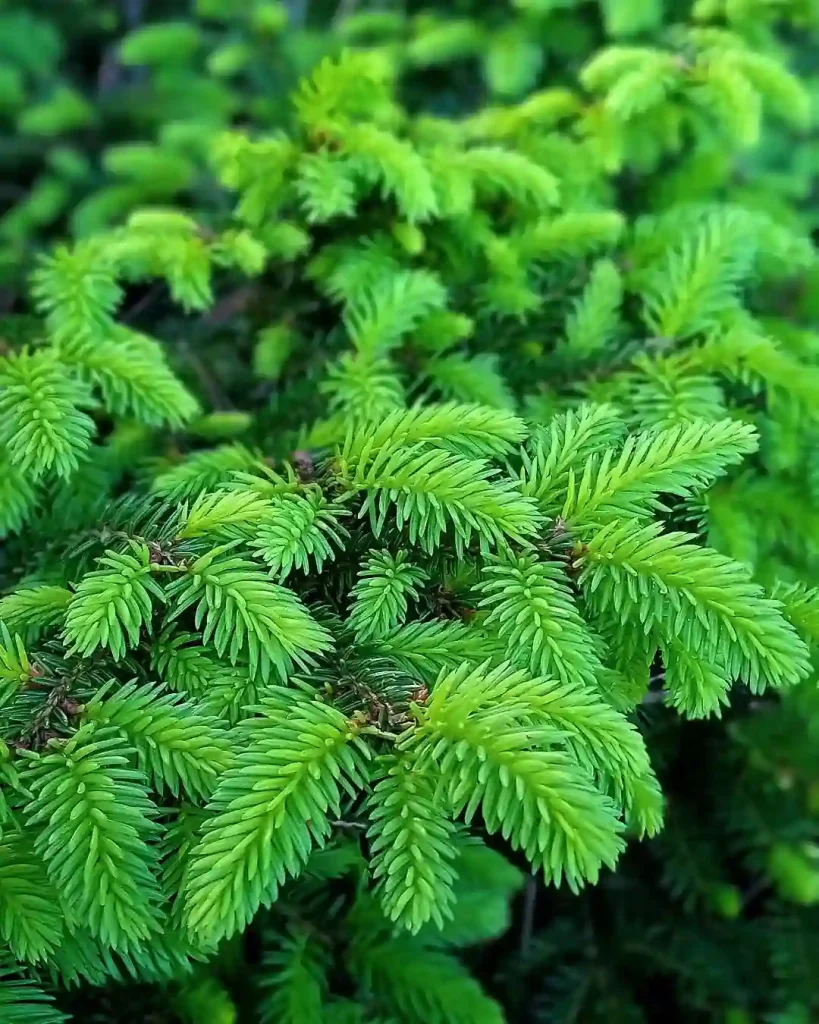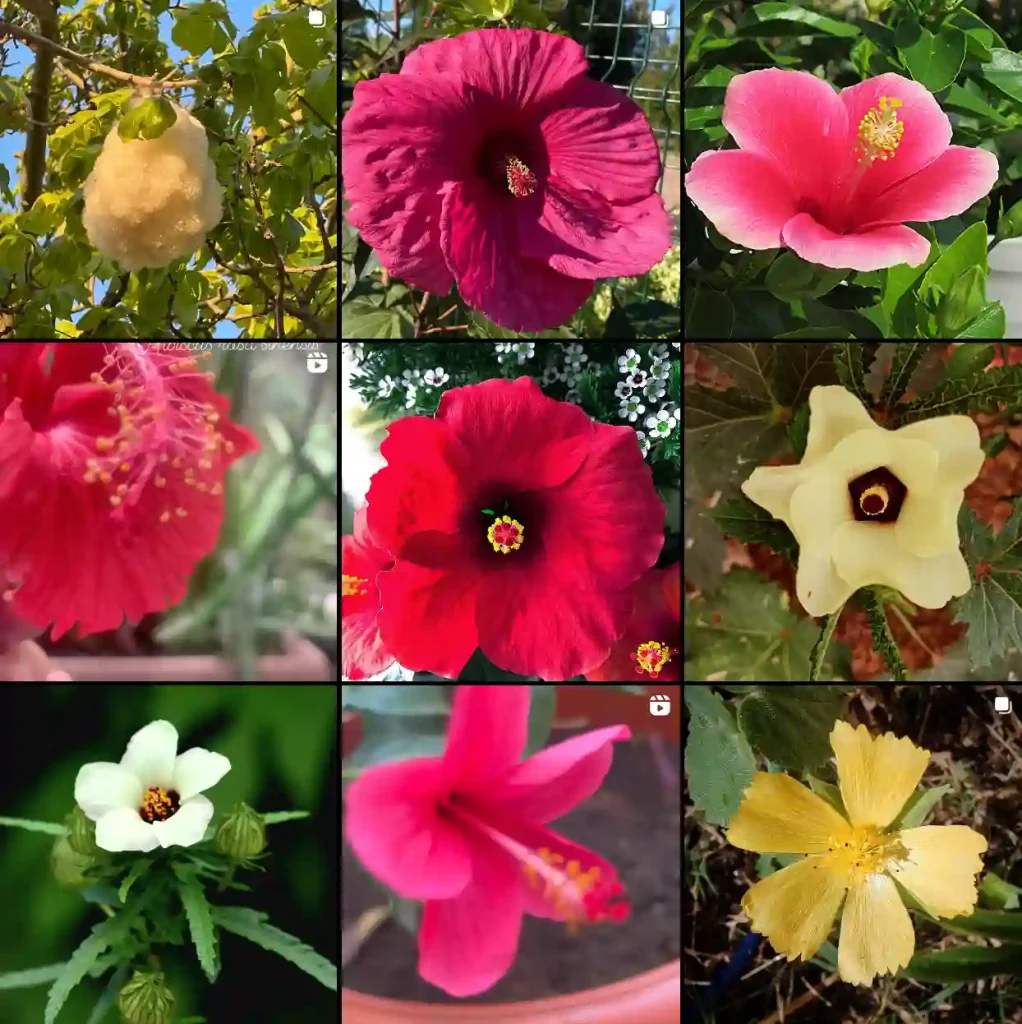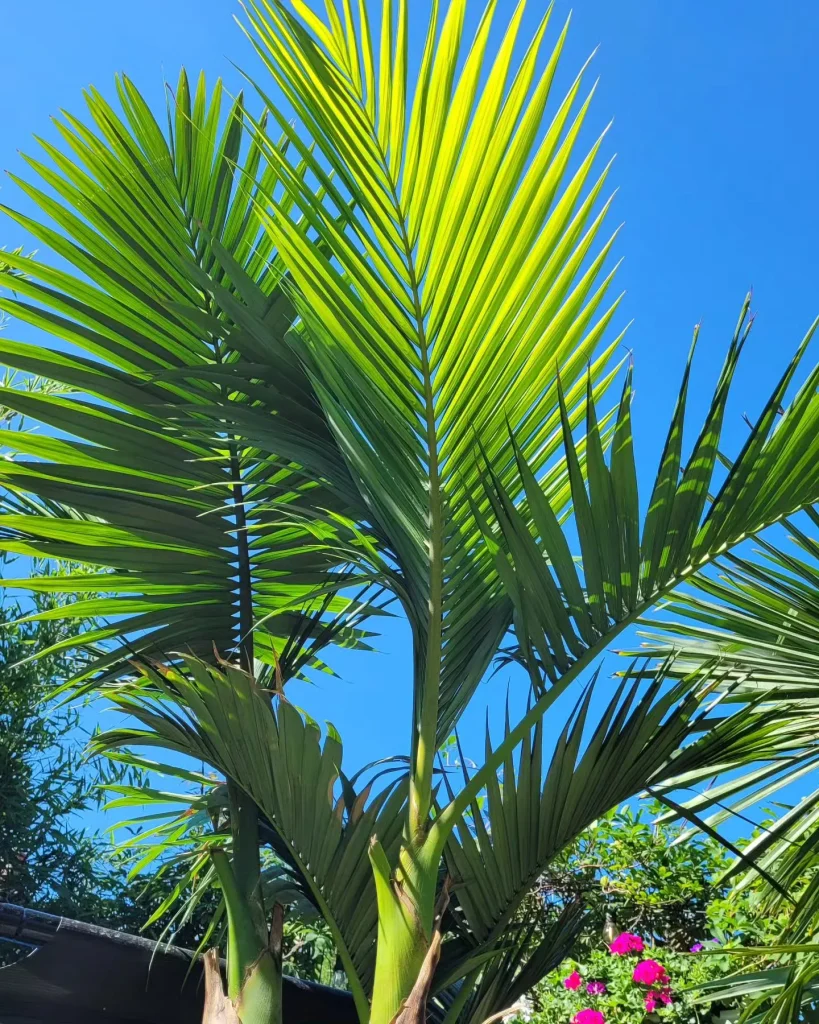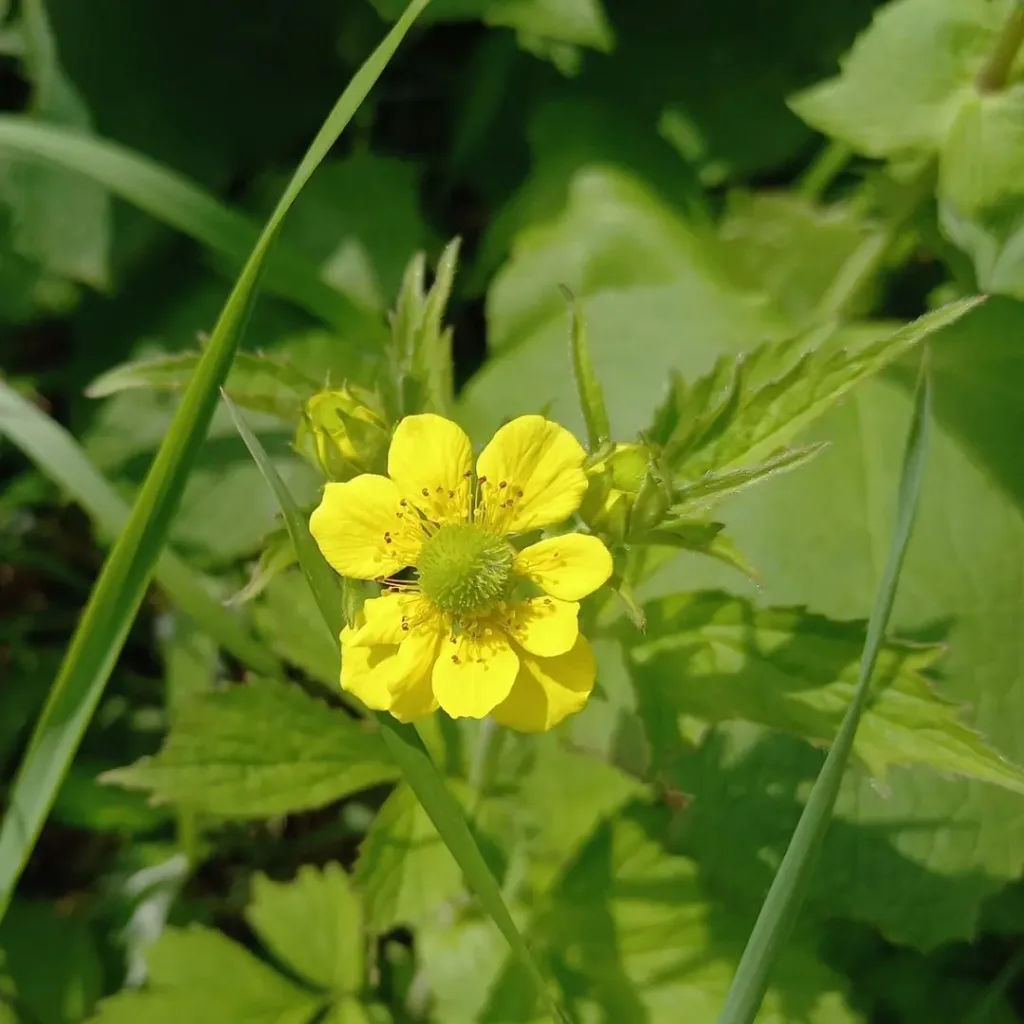Sarracenia Alata: Unveiling the Elegance of the Pale Pitcher
For the curious plant enthusiast, the Sarracenia Alata, also known as the Pale Pitcher, holds a captivating allure. This carnivorous wonder isn’t your typical houseplant. It thrives on a diet of unsuspecting insects, transforming its vibrant green pitchers into death traps disguised as botanical beauty.
Here, I, Ferb Vu, delve into the fascinating world of Sarracenia Alata, answering your burning questions about this unique plant.
32 Species in Genus Sarracenia
What Makes the Sarracenia Alata Special?
Unlike its flamboyant carnivorous cousins, the Venus Flytrap or the Cobra Lily, the Sarracenia Alata exudes a subtle elegance. Its elongated, trumpet-shaped pitchers, typically green with reddish veins, lack the dramatic snap or gaping maw of other carnivores. But don’t be fooled by its gentle appearance. The Sarracenia Alata is a master of deception.
How Does the Sarracenia Alata Lure and Consume Its Prey?
The magic lies in the pitcher itself. It’s a modified leaf, brilliantly colored to mimic a flower. Fragrant nectar glands near the rim entice insects, particularly flies, towards a sweet reward. Drawn in by the visual and olfactory lure, the unsuspecting victim lands on the slippery rim.
The pitcher’s surface, smooth at the top, becomes treacherous lower down. Here, downward-pointing hairs act as a one-way ticket, guiding the insect deeper into the pitcher’s belly. Walls lined with digestive enzymes and fluids transform the inviting pitcher into a tomb. The trapped insect slowly dissolves, providing the plant with vital nutrients absent from its boggy habitat.
Sarracenia Alata vs. Other Pitcher Plants
The Sarracenia Alata belongs to the Sarracenia genus, commonly known as pitcher plants. Sharing the family with the iconic Venus Flytrap (Dionaea muscipula), both utilize traps to capture prey. However, their trapping mechanisms differ significantly. The Venus Flytrap relies on a rapid snap triggered by touch, while the Sarracenia Alata employs a passive lure and slippery descent.
Within the Sarracenia genus itself, the Sarracenia Alata stands out for its reddish veining and subtle coloration compared to its more vibrantly colored kin like the Sarracenia Flava (Yellow Pitcher) or the Sarracenia Rubra (Red Pitcher).
How to care for Sarracenia Alata?
So, you’re captivated by the Pale Pitcher and want to bring one home? Here’s a quick rundown on keeping your Sarracenia Alata happy:
- Light: These sun-loving plants thrive in bright, indirect sunlight.
- Water: Mimic their boggy habitat by ensuring the pot sits in 1-2 cm of water at all times. Avoid letting the soil dry out completely.
- Soil: A peat moss and perlite mix is ideal for optimal drainage and moisture retention.
- Feeding: While the plant obtains nutrients from its insect prey, occasional feeding with bloodworms or mealworms (soaked to avoid flies) is a welcome treat.
- Winter Care: Most Sarracenia Alata varieties enter a dormancy period during winter. Reduce watering and provide cooler temperatures (around 40°F).
Beyond the FAQs: Interesting Facts About the Sarracenia Alata
The Sarracenia Alata boasts a fascinating history. Native to the southeastern United States, particularly the coastal plains from North Carolina to Florida, it thrives in bogs and wet savannas.
These resilient plants play a vital role in their ecosystem. They contribute to the health of bogs by trapping and decomposing insects, releasing nutrients back into the soil. Additionally, their unique pitchers provide a haven for other bog dwellers like mosquito larvae and tiny frogs, creating a miniature ecosystem within themselves.
Final Thoughts: The Allure of the Pale Pitcher
The Sarracenia Alata is more than just a carnivorous plant; it’s a captivating conversation starter. Its elegant form and fascinating predatory nature make it a unique addition to any plant collection. With proper care, you can cultivate this botanical wonder and witness the captivating dance between beauty and deception firsthand.
If i die, water my plants!



